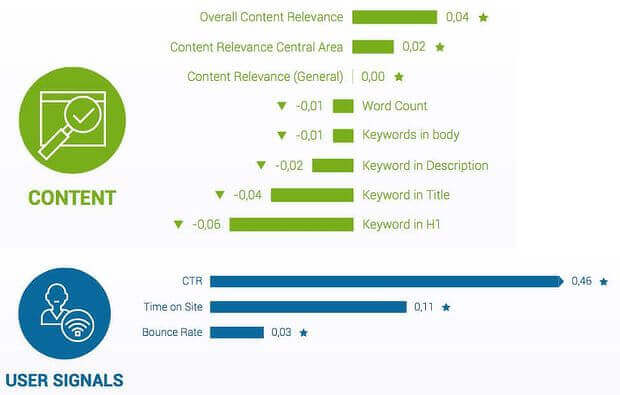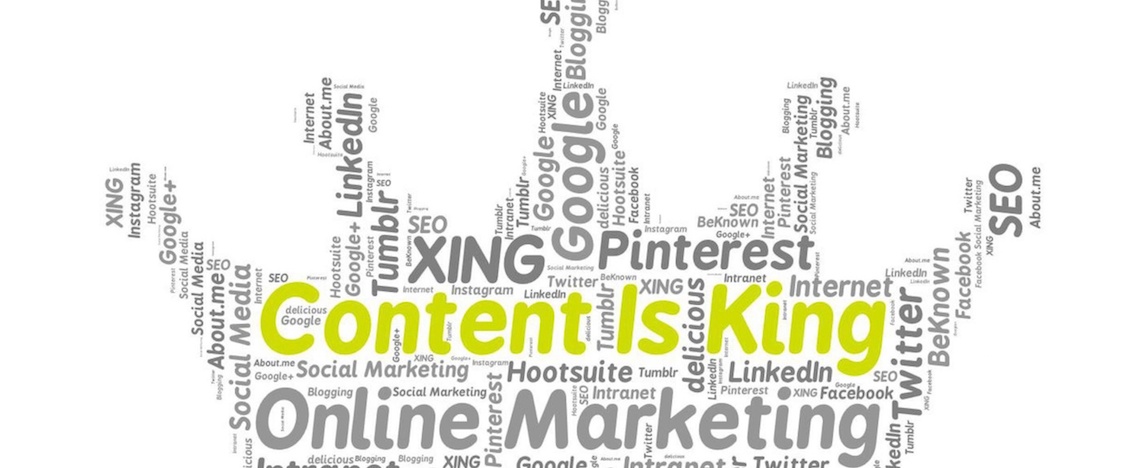
There are many email marketing statistics that you should know. These statistics include the average click through rate for your emails, segmentation effectiveness, and mobile optimization's impact. These tips will help you grow your business quickly. Keep reading to find out what these statistics are. Continue reading to learn 20 important statistics about email marketing for your business. Here's a breakdown of each one. This is a must-read guide for business owners.
20 email marketing statistics every business owner should know
A number of statistics can impact the success or failure of your email marketing campaign. First, you should know that 45% email users don't open emails from unknown sources. This statistic could be enough for you to reconsider emailing those people. Emails are used in almost all industries, but the average open rates is only 21%. Emails sent from government bodies and religious organizations have 28.7% open rates. The average email recipient checks their email at least twice daily.
Email marketing is the best marketing strategy. Its ROI rate is 4400%. You can expect to receive $44 back for every $1 that you spend. That's just the beginning. It is an effective way to increase brand awareness and quality leads, but email marketing has more benefits than just ROI. These 20 email statistics are vital for any business to be successful in their marketing campaigns.
Average click-through rate of emails
Marketing data includes the average click rate (CTR), of email messages. This is vital information. Although it is important for email open statistics, it is also crucial to determine the percentage recipients who actually click on an email. CTR is the average email's click-through rate. It can range from two to five percent. However, CTR is more important than the average open rate for lead generation. It is worth focusing on the subject and body of your email if you have a low CTR.
Your click-through rate will increase if you personalize your emails with your business name and logo. Also, remember that a higher CTR can indicate better content. Use existing networks to create memorable emails and increase open and click-throughs. Here are some tips for increasing your email marketing reach. You can use existing networks to promote your new business if you are starting your own company.
Segmentation effectiveness

There are a few key factors that will determine the effectiveness of segmentation in email statistics. Segmentation is an effective way to deliver targeted messages and information to the right people. Segmentation has been proven to increase customer revenue (ARPC), and convert more customers. Segmentation relies on four pillars: customer lifetime value, audience size and content. When used properly, these four pillars can be used to better target your emails and create campaigns that are tailored to each group's unique needs.
Email segmentation can be especially useful for middle-of the funnel prospects. They may have expressed interest in your business but have not yet made a purchase. You can segment these leads by buying history to send them relevant emails and maximize their lifetime worth. Segmenting your emails can help with cross-sells and up-selling to them. A happy customer is more likely than not to buy the same product twice.
Impact of mobile optimization
Marketers are putting more emphasis on mobile optimization in this age of information. Email optimization for mobile was a rare exception until a few years back. Email optimization for mobile is now a standard and businesses might be missing out on the latest email trends. This article discusses how mobile optimization can boost email marketing statistics. Continue reading for more details. Below are some tips for mobile email optimization. - Make sure your email is mobile optimized

- Consider your current mobile conversion rates. While desktop click-through rates are still the gold standard in email marketing, they are starting to fall behind mobile. A recent study found that click-throughs on mobile were 70 per cent higher than those on desktop. Mobile users spend more time in mobile applications than desktops, so they're more likely opening and reading emails from there. A mobile email that isn't satisfactory to a customer will make them less likely to open and read your emails again.
FAQ
Why SEO strategy should be important?
The main goal of search engine optimization (SEO) is to increase traffic to your site by getting as many people as possible to find you when they use Google.
Search engines like Google, Yahoo! and Bing store information about websites on servers known as crawlers. These crawlers send the data back to the central database. This enables them to index web pages for searching purposes.
Your website will be found higher in search results. This means that more people will click on the link to visit your site. You won't be seen in these searches.
Ranking high in search engines is the best way to get your site noticed. You can achieve this by using two methods: organic and paid advertising.
Paid Advertising – Paid advertising is when companies pay per click to have their ads appear higher than other sites in search results. These ads could include banner ads and text ads as well as pop-ups and e-commerce widgets.
Natural Organic Links – These links are created by sites that have been built over time and gained the trust of your industry. Link building takes place naturally. This can be done through blogging, guest post, commenting, linking, and many other activities.
You must continue to invest in both marketing and sales to stay on top of your game.
How do I create an SEO Strategy?
Understanding your goals and how you plan to achieve them is the first step in developing an SEO strategy. This allows you organize your content around those goals.
Step two is to get started with your keywords. By doing keyword research, you'll gain insight into what people are searching for when they use certain words. You can then write articles about those topics by using this information.
After writing your articles ensure that you include your target keywords in them. You should also optimize each article by including relevant images and videos. Last, be sure to include links to related pages wherever you can.
After you have completed all of the content on your site, it is time to optimize that content!
What does SEO Mean for Small Businesses
The biggest challenge facing small businesses today is competing against larger companies that spend millions on advertising. Search Engine Optimization, or SEO, allows smaller businesses access to the same marketing power and without breaking the bank.
SEO: Why is it important?
There are many reasons to use SEO.
This helps to increase your website's visibility in search engines results.
The second benefit is that it increases conversions by making sure users find the exact information they need when they enter their search bar.
It also increases brand awareness and helps customers find your company online.
Fourth, it enhances user experience by allowing them quick navigation of your website.
Finally, it increases trust with potential customers by showing that your business cares enough about it to ensure it ranks high in search engines.
Statistics
- Deleting those 10k pages is one of the main reasons that he improved his site's organic traffic by nearly 90%: (backlinko.com)
- 93%of online experiences today begin on search engines. (marketinginsidergroup.com)
- If two people in 10 clicks go to your site as a result, that is a 20% CTR. (semrush.com)
- Sean isn't alone… Blogger James Pearson recently axed hundreds of blog posts from his site… and his organic traffic increased by 30%: (backlinko.com)
- : You might have read about the time that I used The Content Relaunch to boost my organic traffic by 260.7%: (backlinko.com)
External Links
How To
How do you know when your SEO is working?
There are many indicators that will help you determine if you're doing great in SEO.
-
Your bounce rate should not exceed 30%. Users will leave your website without clicking on any other links. A high bounce rate indicates that your audience doesn't trust your brand or isn't interested in what you're selling.
-
People visit multiple pages on your site - this shows that visitors are engaging with your site and finding something useful.
-
Your conversion rates are improving. Your audience is aware of your product and wants it to be bought.
-
Your average time on site is increasing - people spend longer viewing your content.
-
People are searching more - this indicates that you're doing great in SEO.
-
You are receiving more shares on social networks - this means your content is being shared and reaching other audiences than your followers.
-
You are getting more comments in forums - this means that people respond positively about your work.
-
Engage more with your website by getting more likes (tweets), shares, likes, and likes for posts.
-
Your rank is rising in SERPs, which shows that your hardwork is paying off.
-
Your website is generating more leads - this means that people are finding your site organically and contacting you.
-
Your sales are rising - this is a sign that people who found your website while searching for your services and products are buying them.
-
Your blog post is more popular and gets more comments, which shows that people find the content valuable.
-
This will increase your subscribers to your email lists. It shows that people trust you enough for them to sign up to receive information about your business.
-
Sales are rising - this shows that people like you and your products so much that they are willing to pay for them.
-
You've gained more social network followers, which shows that your fans share your content with others and engage with your brand.
-
You are getting more PR mentions. This shows that journalists are talking online about your brand. This helps spread awareness about your company and boosts your reputation.
-
Your brand is being recommended frequently - this means other companies are also recommending your brand.
-
Your website is popular because people keep coming back to it. This indicates that customers are happy and will continue to come back for your services.
-
Your competitors are losing ground - this shows that they didn't invest as much money in their SEO campaigns as you, making them look bad.
-
Your brand's image has changed - this means your brand is becoming more popular among new customers.